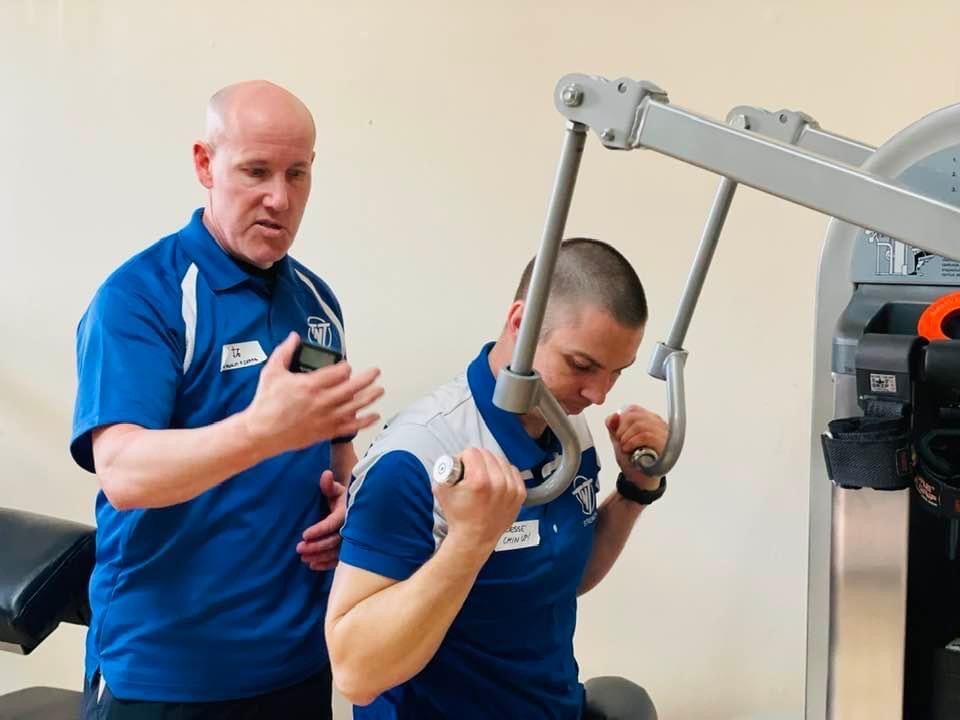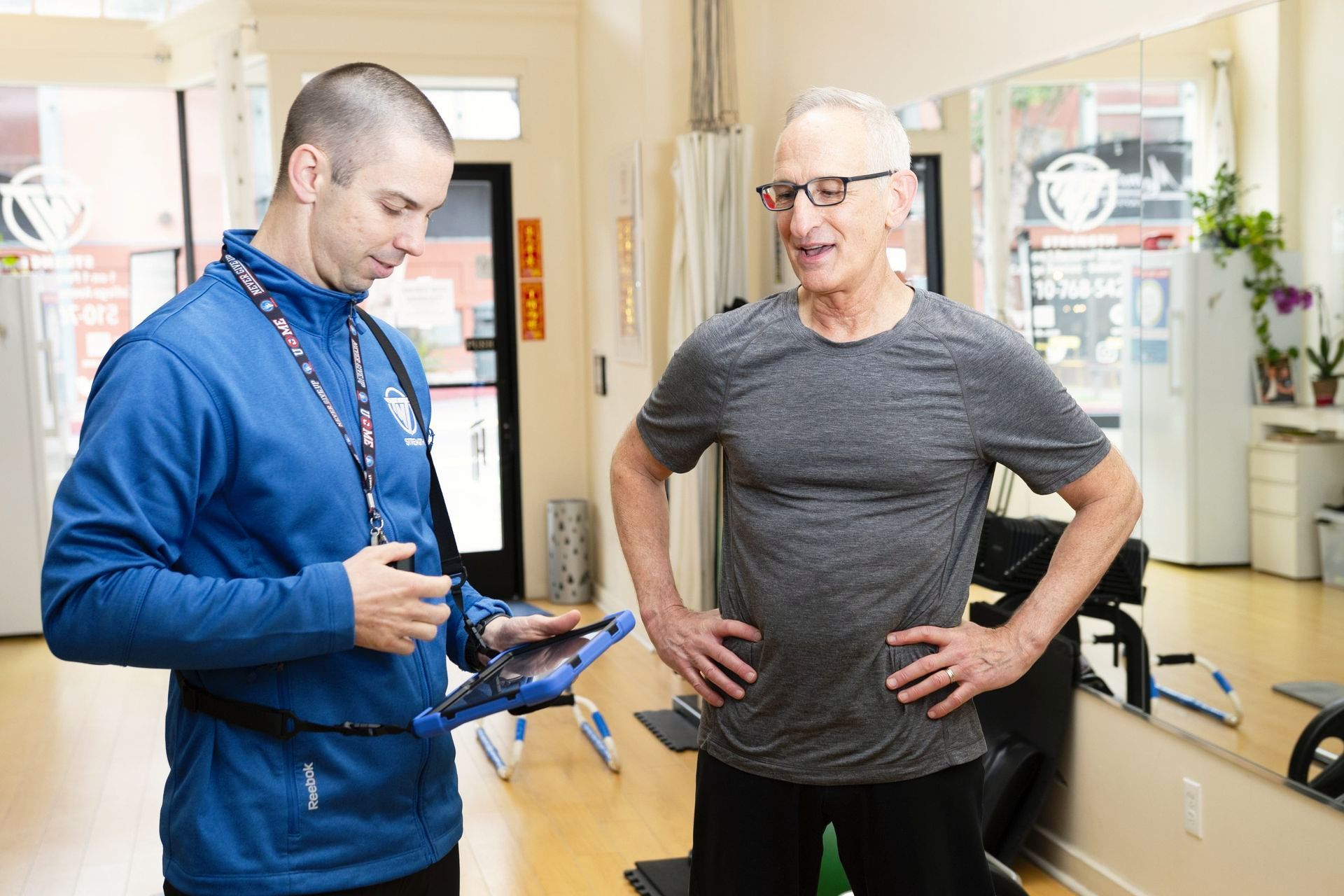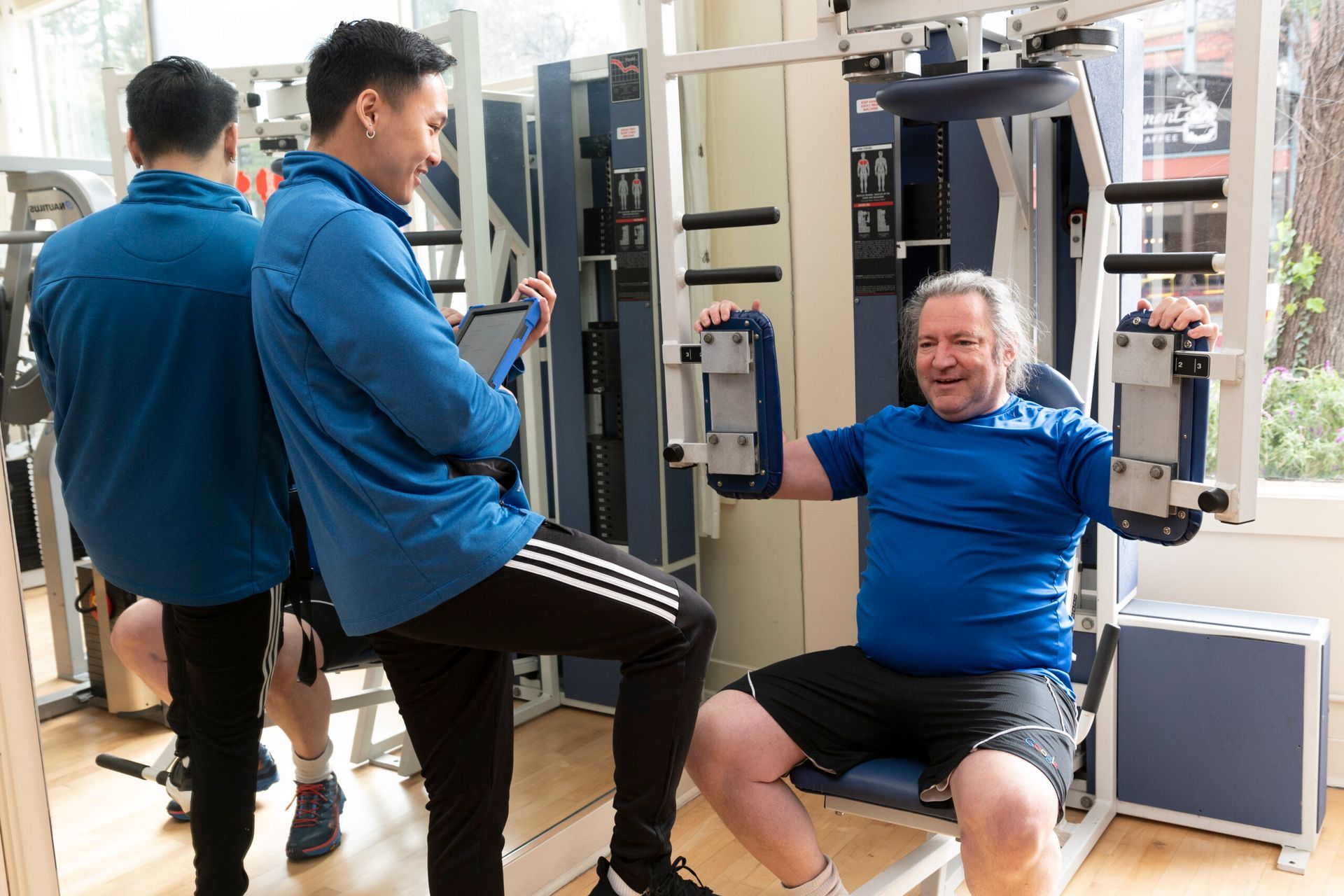Coaches Corner: Q&A AOT* USING PARTIAL REPETITIONS:
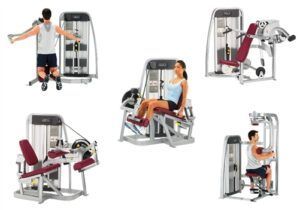
By TAKU
Q: When strength training, if I cannot complete a full range of movement after about 6-8 repetitions, should I continue to do partial repetitions until failure?
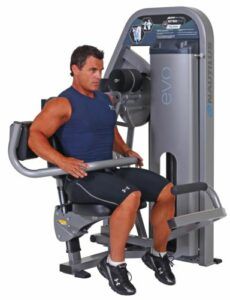
A: The answer to this question depends on the strength training tool being used. On single-joint rotary movements such as the pullover, leg extension, leg curl, using high-quality machines (Nautilus, MedX, Hammer-Strength) the strength curve is highly efficient at working the desired muscle. Partial repetitions do not need to be done on these single-joint machines. Doing so may place a disproportionate emphasis on part of the ROM since the cam (leverage profile) is designed to work the muscle proportionately.
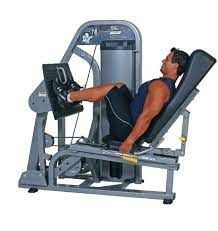
With multi-joint (compound) exercises, such as squats & leg presses, bench press & over-head presses, Chin-ups & pull-downs, partial repetitions at the end of a set may be advantageous. Multiple-joint exercises are not as efficient at overloading a muscle group. On such movements partial repetitions may be a benefit to increase the demand and can be an excellent AOT* technique to experiment with.
*AOT = Advanced Overload Technique.

TAKU's Note: Strong Range Partials and Static Contractions ( Functional Isometrics ) may be used as a single modality for training all major muscle groups. Some of our clients prefer this over all other standard methods. If you have never tried using strong range partials or Static contractions as a training protocol I suggest you explore it as singular approach for 6-8 weeks to conduct your own experiment. As always if you have any questions track me down.
Experience the TNT Strength difference with a free workout.
START YOUR FITNESS TRANSFORMATION WITH A
FREE WORKOUT
Complete the form and we'll set up an appointment for you.




